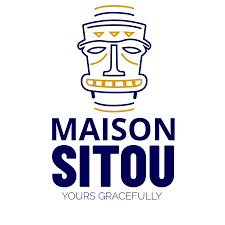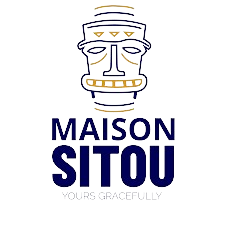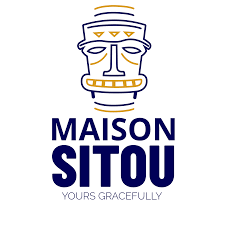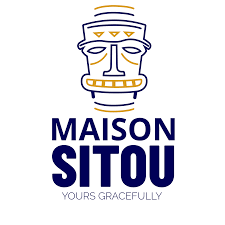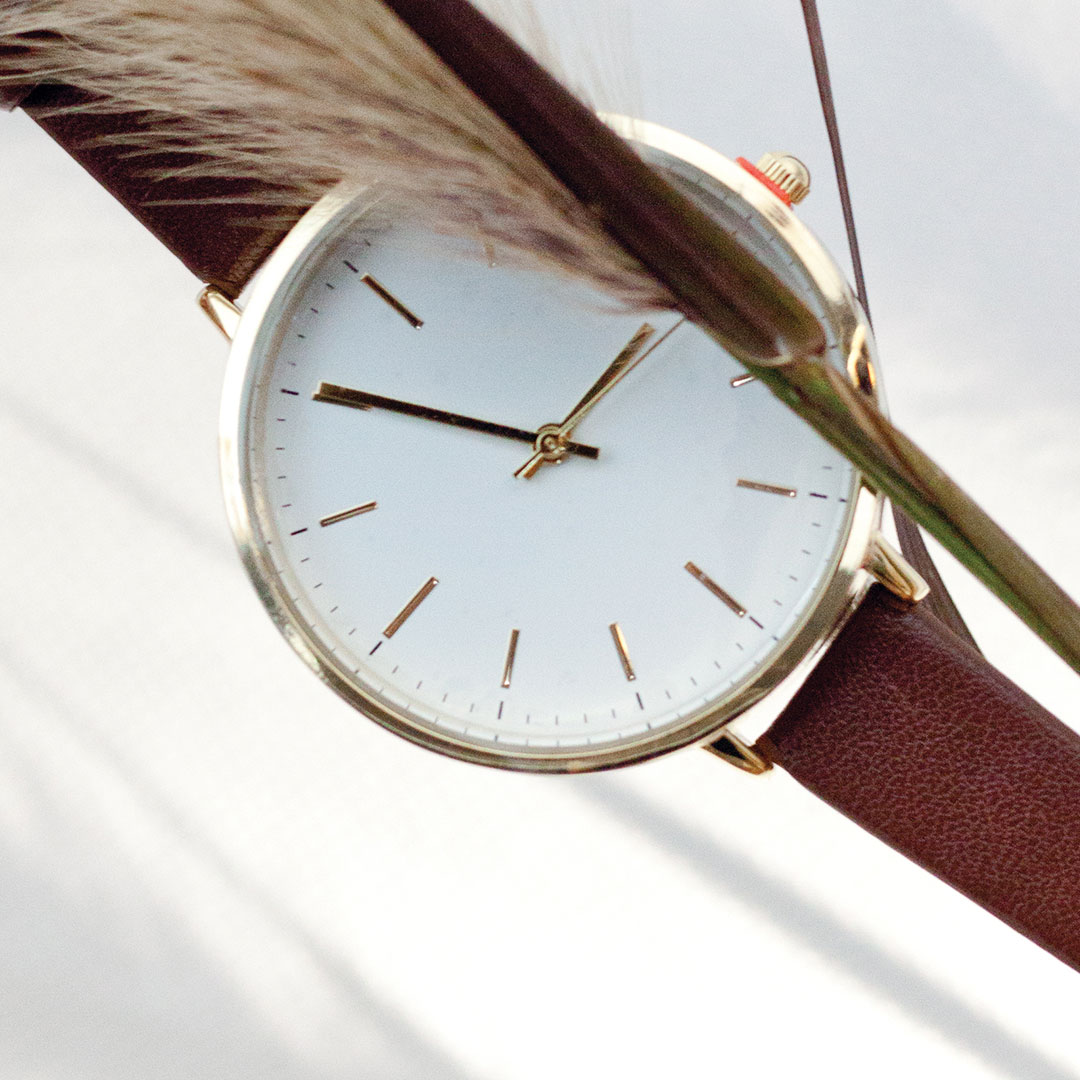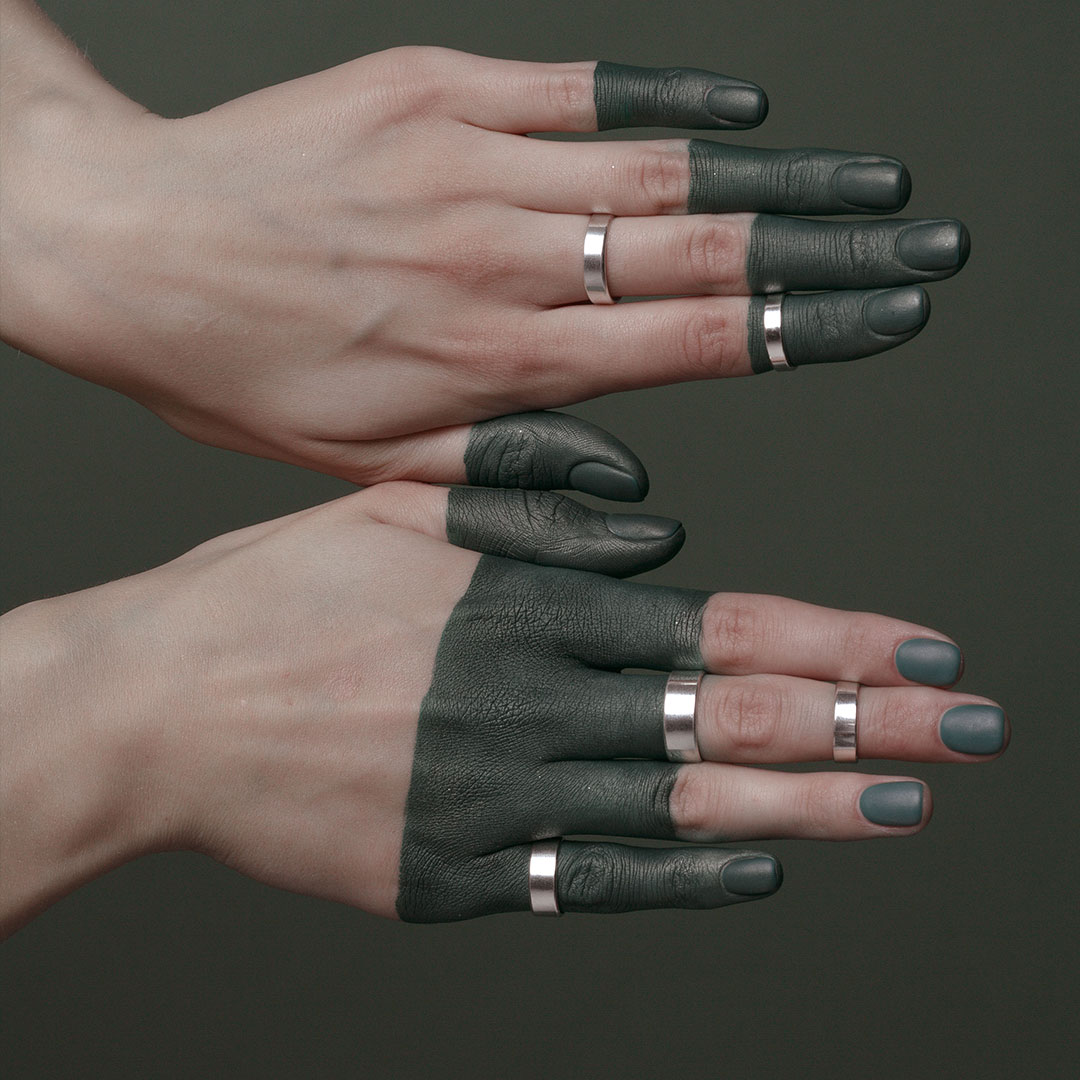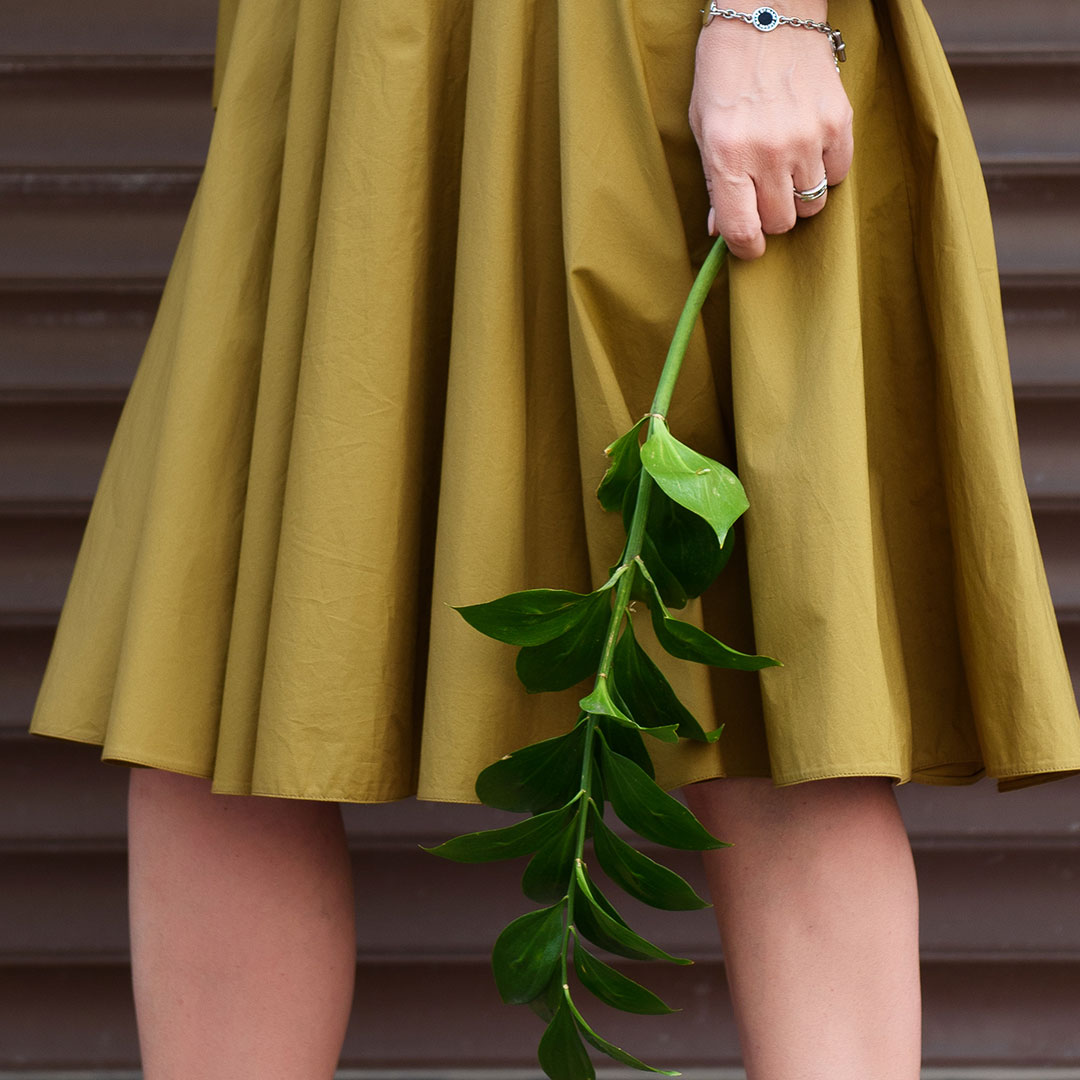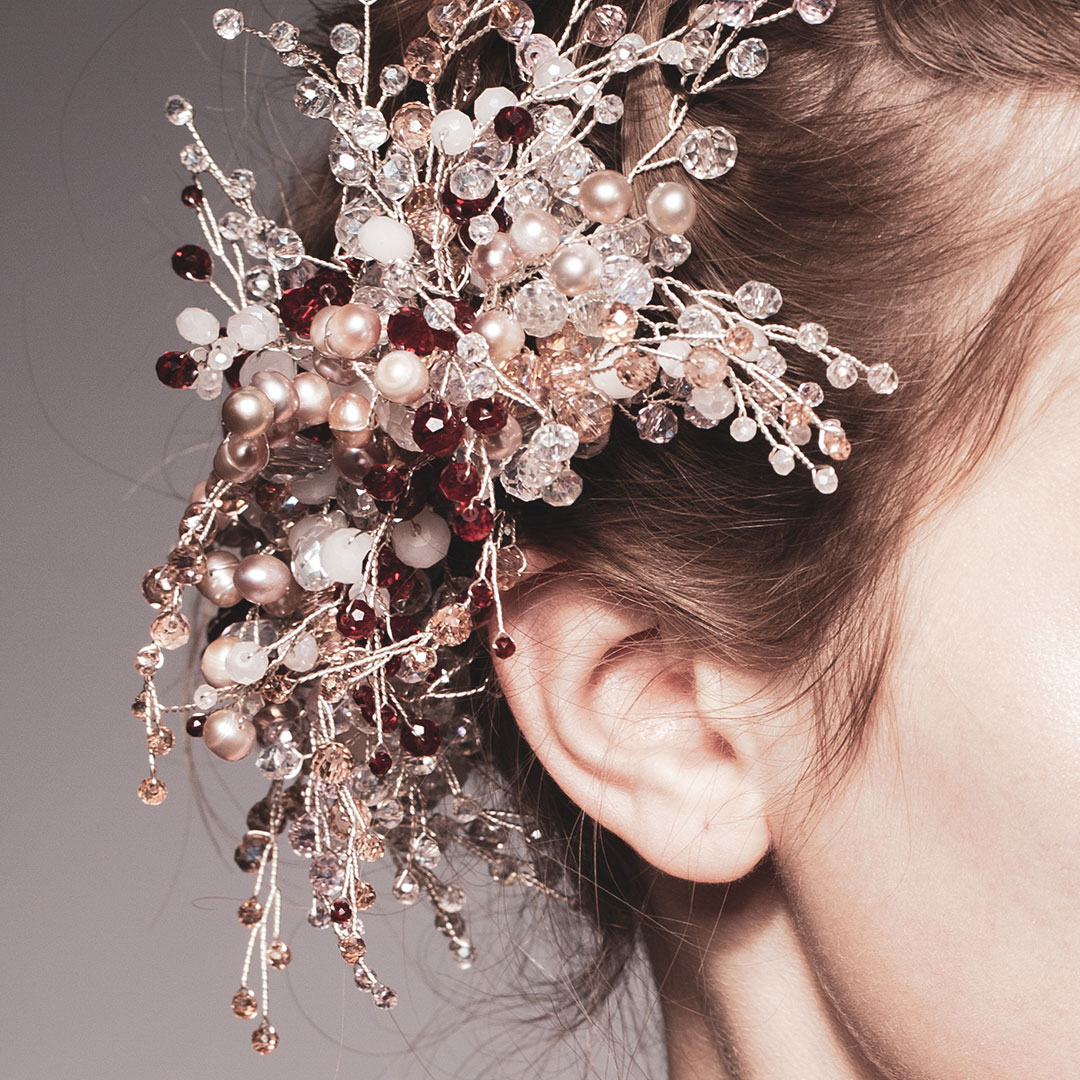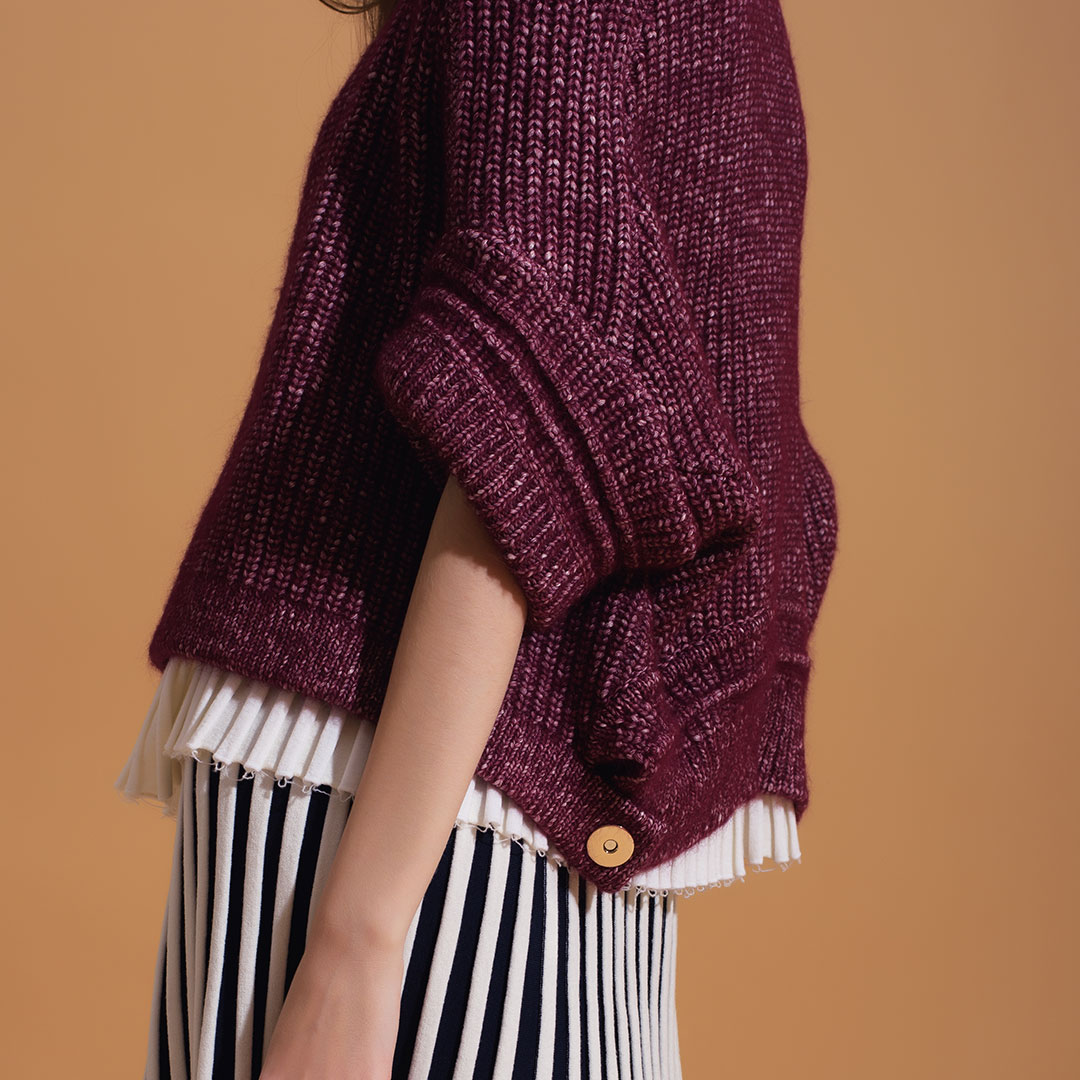AN INTERVIEW WITH
SAMIR
DE DRAVO
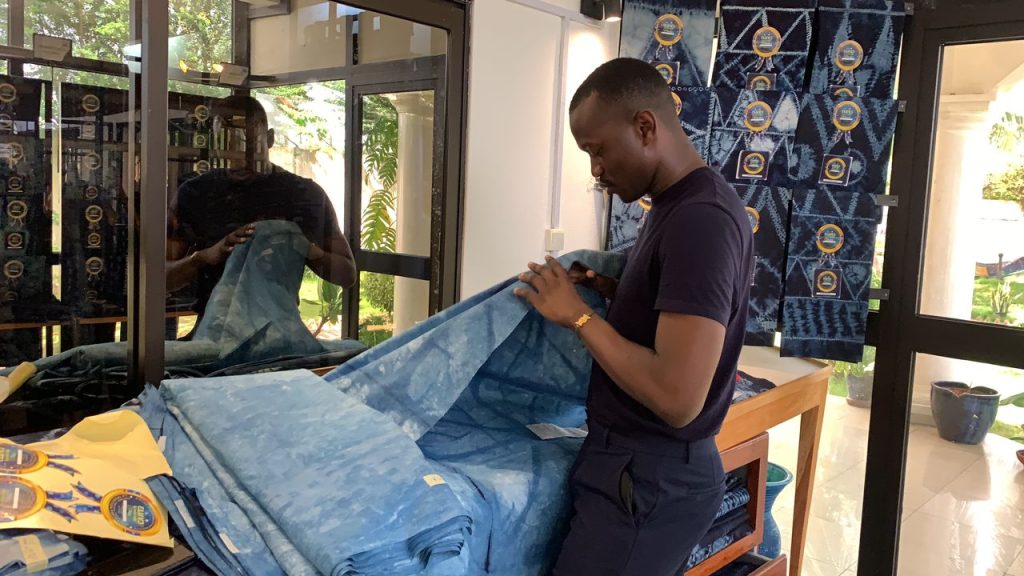
WHY DID YOU GO TO BENIN FOR THIS COLLECTION ?
The Maison Sitou workshop is located in Benin. I produce the brand’s pieces there and source all the fabrics and materials we use. It is in Benin that all the artisans and actors who work for the brand are located. So I returned to Benin this time, and as usual, to be in the field, to meet partners and collaborators, to supervise production, meet local fabric producers, fabric sellers, etc.
WHAT IS THE GENESIS OF YOUR SPRING 24 COLLECTION?
To talk about the genesis of this collection, it has always been clear to me that the goal of Maison Sitou is to highlight the talents of Benin in terms of fabric production and clothing creation. There is also an eco-responsible side, in the sense that Maison Sitou uses natural materials that do not harm the environment, produced by local artisans, themselves promoted by giving them decent salaries. It is with this logic that already in 2021, I made the decision to go to Ouidah, a town in the south of Benin. After doing some research, I discovered a center in Ouidah, in which women from the commune learn to produce indigo fabric and make clothes, which are marketed in Benin and around the world. In 2021, I met the director of this very beautiful center, called Couleur Indigo, and I was fascinated by their work. You should know that the work carried out there is more gigantic than you could imagine. The fabrics are produced locally. The cotton used is produced in northern Benin. Benin being the leading cotton producer on the continent. Indigo is the flagship color in this center. It comes from the leaves of a tree that grows in Benin called the indigo tree.
Since then, we have been working together remotely, to develop a fabric that suits me to be used in this collection. It took a while because I was so excited to be able to use fabrics produced in Benin, and which can be personalized to my wishes. I wanted to take the time to be involved and immersed in production, also to achieve Maison Sitou’s eco-responsible objective.
If I have to talk about the inspirations for this collection, I really delved into my past. I immersed myself in my childhood memories. My grandmother was a seamstress and she had a manual sewing machine at home that we operated with our feet. I saw him making clothes for babies, for us, for the holidays. So I wanted take a collection that honors this memory.
This collection is a discussion between the Samir as a child, who, as a child, already dreamed of being a fashion designer, but did not believe in it, and the Samir of today, who actually works in fashion and who is very happy to finally be able to make his dreams come true.
Then, I draw my inspirations from Cotonou and Ouidah. To get from one town to another, there are two possible paths: the asphalt road, the highway, and you can get there very quickly, or you can go through the reddish dirt paths and the beach. . I really like going there along the sea. In this collection, I am inspired by the nature of Ouidah: the sky, the clouds, the sea, the golden sand, the coconut trees, the sunset, the earth red. I remember in particular, in September 2021, going to the Couleur Indigo center, everything was so fascinating. I took a photo and requested that the fabric be the blue tone of the sky. We quickly called him Cloudy. All the colors are found in the rooms, with touches of gold, bold reds and deep blues.
I also searched the Beninese archives, in terms of clothing. In this collection, there is therefore a great inspiration from the 80s, the dust ball and disco years, hence the vintage cuts.
TELL US ABOUT YOUR CREATIVE PROCESS.
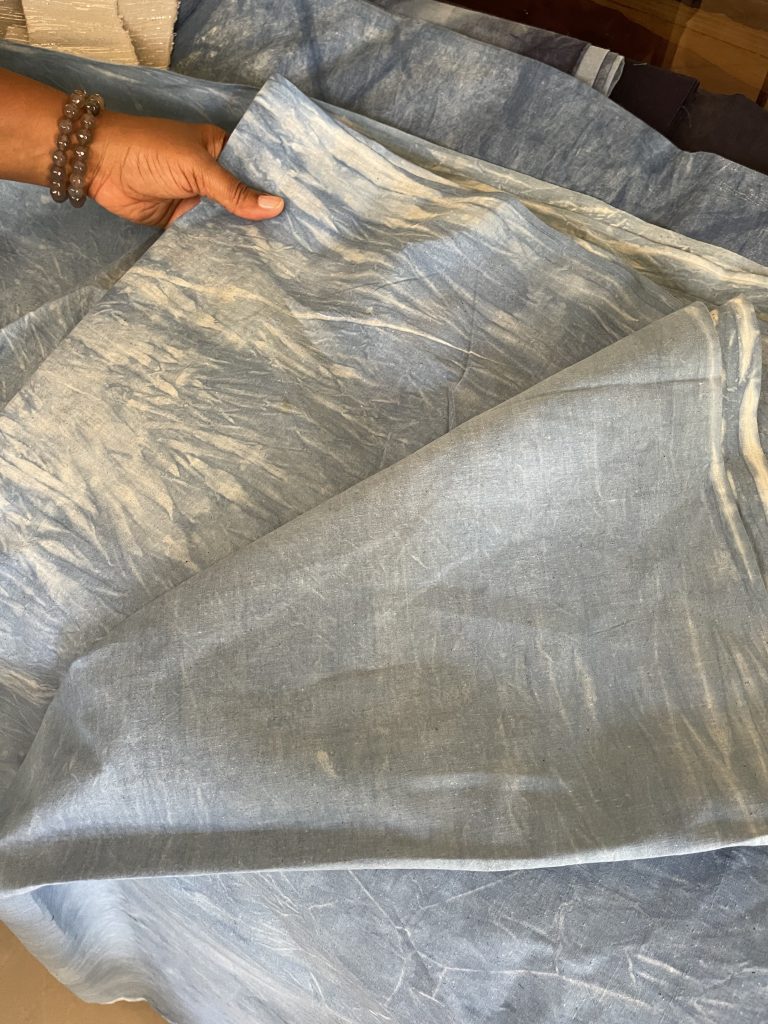
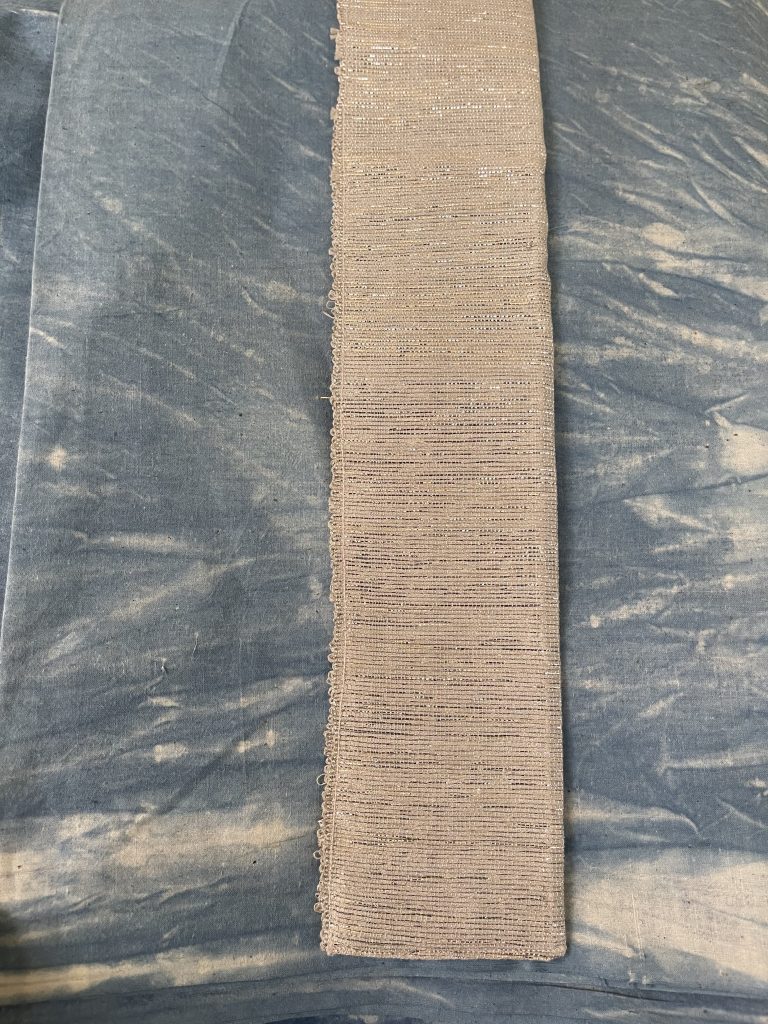
I have a particular creative process, but I am sure that many young people will find themselves in my way of producing. I start with an inspiration, a goal. I’m doing research and remaining open to many alternatives. I also take into account customer expectations. And once the inspiration and theme of the collection are defined, I make a detailed moodboard. Next, I look for my fabrics. It could take me months or even years. The proof is that, for this collection, I started looking for my fabrics in September 2021. It is only now, at the end of 2023, that this collection is coming out. No matter how long it takes me, sourcing the fabric is very important. I need to find fabrics that match my inspirations. I call on many traders from the Cotonou fabric market. I don’t hesitate to go to the market myself to see, touch and choose the fabrics that suit me.
For this collection, I traveled to Ouidah, to the Couleur Indigo center, to discover the manufacturing of indigo fabrics with 100% Beninese cotton. I chose patterns that align with the vision I have for this collection.
Once the fabrics have been purchased and produced, comes the creation of the garment. It is done authentically, that is to say, on a wooden or living mannequin. I often have muses in mind, a male muse and a female muse. They correspond to the typical customer, the persona to whom the piece is aimed. Then I bring this muse into my studio and drape her. I can start from a simple shirt that transforms into a dress or a coat; all the changes are made. As the fittings progress, the final model is defined and retained by my team and myself. My team of seamstresses takes over under my supervision and that of my workshop manager who ensures that the vision is respected in the creation of the garment itself.
TELL US ABOUT YOUR TIME IN OUIDAH.
My time in Ouidah was extremely moving. It’s one of the first cities I visited in Benin thanks to the school trips that my mother paid for me. I have been there more than ten times. Ouidah is fascinating because it is a great cultural cradle, a historic city, linked to voodoo, slavery, the slave trade, etc. There is the Door of No Return, which slaves used when they were going to be shipped to Europe or the United States to be sold.
This city has a special place in my heart. It’s a haven of peace for me. I was very happy to find extraordinary women there, who took the chance to move forward by learning new trades, like dyeing. All my trips there are very rewarding, because I touch the fabrics, I watch the production process, and I meet local artisans.
WHAT DO YOU HOPE TO ACCOMPLISH THROUGH THIS COLLECTION AND HOW DOES IT ALIGN WITH MAISON SITOU’S VALUES?
I really hope through this collection I have opened myself up. It is a personal diary where I let the Samir child in me express itself. He was the one who created the clothes.
I want these clothes to be exported all over the world, and to raise awareness that Benin is, and wants to be, an important hub for the development of the textile industry and tourism. I want us to promote the work of hard-working artisan tailors and women traders. This is the social and eco-responsible fight that I have always led. That’s why I didn’t give in to the temptation to produce elsewhere. I expect this collection to be indicative of the involvement of all the actors who work with Maison Sitou, and that it will be recognized at a global level, and that it will attract the attention of international media and luxury brands. I wish great success to this collection, in terms of visibility, and also in terms of finances. These finances will make it possible to perpetuate creation and develop jobs through a Maison Sitou workshop, which will grow and recruit more people and create jobs.
It is clear that I want Maison Sitou to become a major luxury brand throughout the world and for collaborations to emerge, to promote Benin and Beninese know-how.
